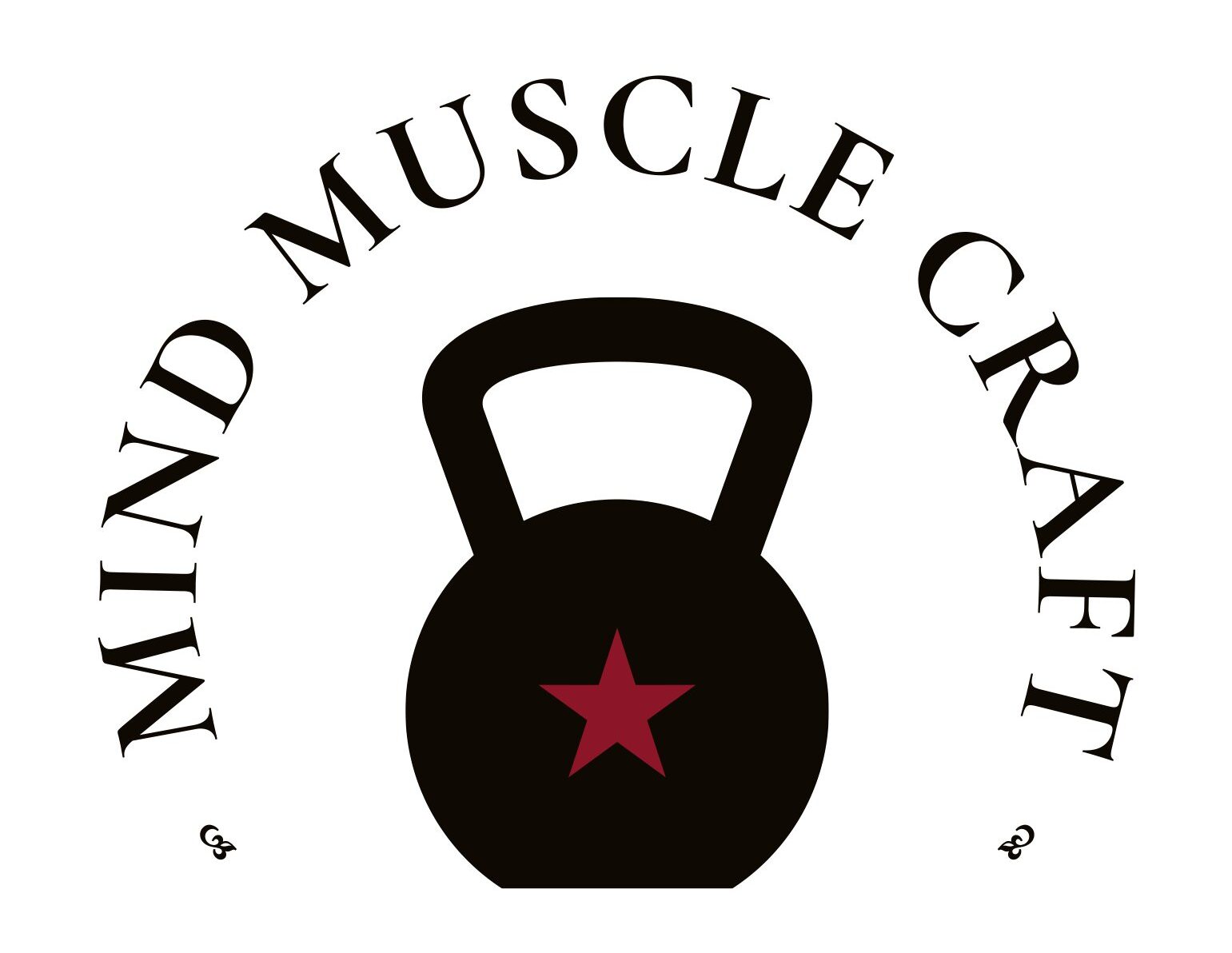Metabolism plays a crucial role in weight management and energy levels. As Dr. Jason Fung explains in The Obesity Code, metabolism is regulated by hormones, not just calorie intake. Here are the best methods to fix a sluggish metabolism and restore your body’s ability to burn fat efficiently.
1. Avoid Chronic Caloric Restriction
Traditional dieting mistakes include continuous calorie restriction, which lowers metabolic rate to conserve energy. Instead of drastically cutting calories, focus on meal timing and nutrient quality to keep metabolism high.
2. Use Intermittent Fasting (IF) Strategically
Unlike long-term caloric restriction, intermittent fasting (IF) can boost metabolism when done correctly. Short-term fasting (24-36 hours) increases norepinephrine, which enhances fat burning and maintains metabolism. However, excessive fasting without proper refeeding can lead to metabolic slowdown.
Best IF Strategies:
-
16:8 Method: Fast for 16 hours, eat within an 8-hour window.
-
24-hour Fasting: Once or twice per week, fast for 24 hours and eat normally on other days.
-
Alternate-Day Fasting: Fast every other day while maintaining adequate nutrition on eating days.
3. Implement Proper Refeeding
Refeeding is essential after fasting or calorie restriction to prevent metabolic adaptation. When done correctly, it restores leptin levels, replenishes muscle glycogen, and keeps metabolism stable.
Best Refeeding Practices:
-
Start with small meals to prevent blood sugar spikes.
-
Prioritize protein and healthy fats to support muscle recovery and hormonal balance.
-
Introduce carbs gradually to avoid excessive insulin spikes.
4. Focus on Protein Intake
Protein plays a key role in maintaining muscle mass and increasing thermogenesis (calories burned through digestion). A high-protein diet prevents muscle loss, which is essential for keeping metabolism high.
Best Protein Sources:
-
Lean meats (chicken, turkey, beef)
-
Fish (salmon, tuna, mackerel)
-
Eggs and dairy (Greek yogurt, cottage cheese)
-
Plant-based sources (lentils, tofu, quinoa)
5. Manage Stress and Cortisol Levels
Chronic stress raises cortisol, which increases fat storage, particularly around the abdomen. High cortisol levels also contribute to insulin resistance, making weight loss harder.
Ways to Lower Cortisol:
-
Improve sleep quality (7-9 hours per night)
-
Practice relaxation techniques (meditation, deep breathing)
-
Reduce excessive cardio, which can elevate cortisol
6. Optimize Insulin Sensitivity
Insulin resistance slows metabolism. When insulin levels stay high due to frequent eating and high-carb diets, the body stores more fat and burns less energy.
How to Improve Insulin Sensitivity:
-
Reduce refined carbs and sugar
-
Increase fiber intake (vegetables, whole grains, legumes)
-
Engage in resistance training to improve glucose uptake by muscles
7. Strength Training to Preserve Muscle Mass
Muscle mass is directly linked to metabolic rate. The more muscle you have, the more calories you burn at rest. Resistance training prevents muscle loss during weight loss and helps maintain a healthy metabolism.
Best Types of Strength Training:
-
Compound lifts (squats, deadlifts, bench press, rows)
-
Bodyweight exercises (pull-ups, push-ups, dips)
-
High-intensity interval training (HIIT) to maximize fat burning
8. Cycle Between Fasting and Refeeding
Alternating between fasting periods and proper refeeding maintains metabolism while promoting fat loss.
Best Approach:
-
Fast for 16-24 hours to lower insulin and promote fat burning.
-
Refeed with adequate protein, healthy fats, and controlled carbs to signal the body that food is available.
-
Avoid excessive calorie deficits over long periods to prevent metabolic slowdown.
Headline Optimization for Engagement:
✅ Common Words: 20% (Goal: 20-30%) – Headlines with 20-30% common words are more likely to get clicks. ✅ Uncommon Words: 20% (Goal: 10-20%) – Headlines with uncommon words improve click rates. ✅ Emotional Words: 0% (Goal: 10-15%) – Emotionally triggered headlines drive engagement. ✅ Power Words: 0% (Goal: At least one) – Power words boost engagement. ✅ Sentiment: Neutral – Strongly positive or negative headlines tend to get more interaction. ✅ Headline Type: General – Lists and how-to headlines typically perform better.
Final Thoughts
Fixing metabolism isn’t just about eating less; it’s about balancing hormones, meal timing, and nutrient intake. Avoid chronic calorie restriction, use intermittent fasting correctly, and focus on muscle preservation to reset metabolism and achieve long-term fat loss.
If fasting hasn’t worked for you, adjusting your refeeding strategy, protein intake, and strength training could make a difference.

